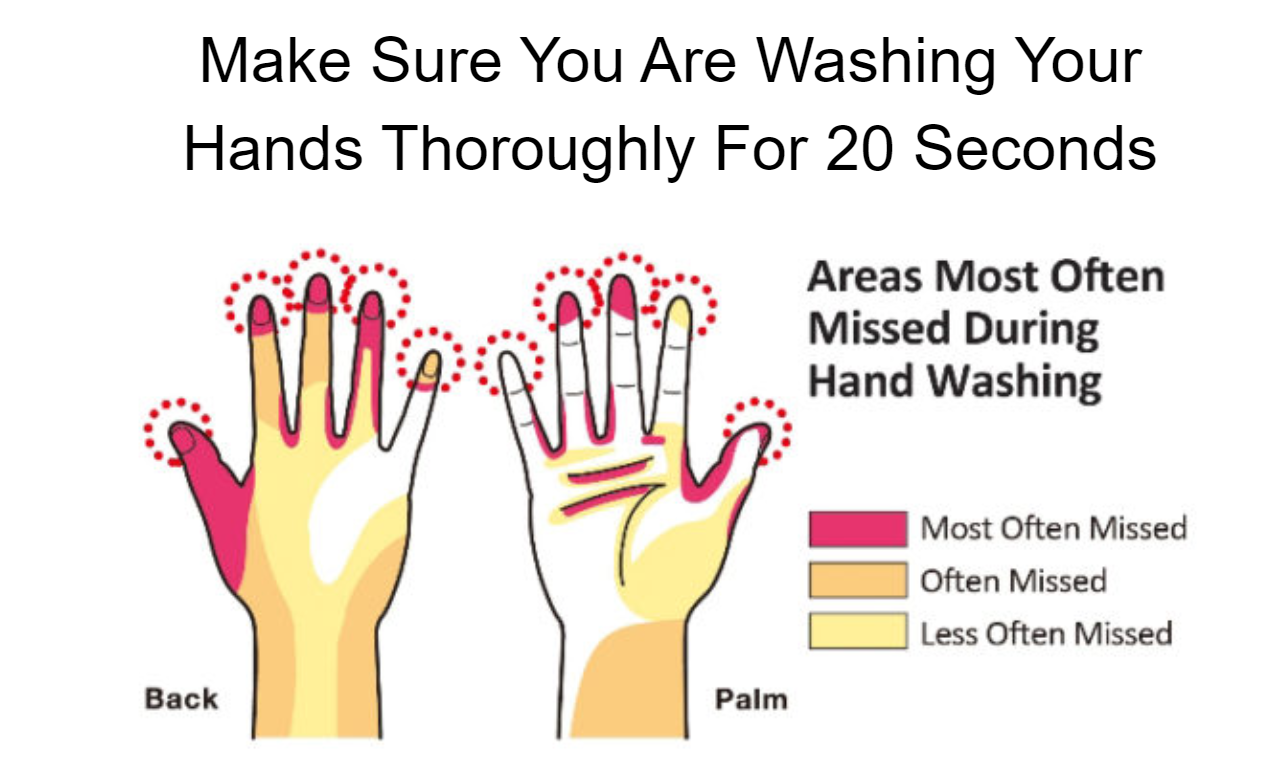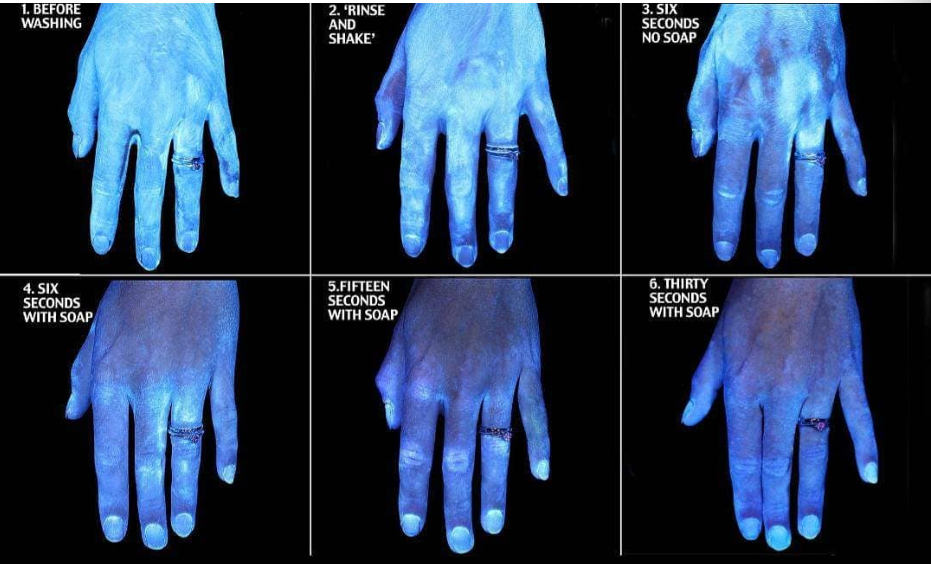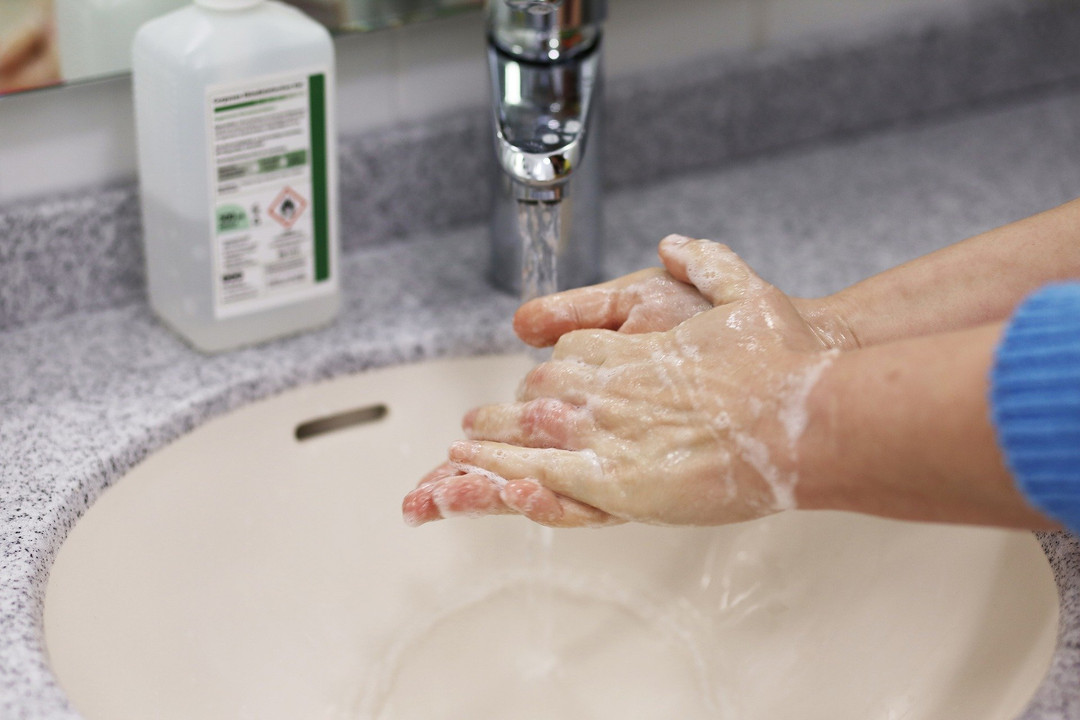Hand Hygiene: The Key to Combating the Spread of Covid-19
The message to “wash your hands” has been constantly repeated since the beginning of the Covid-19 outbreak. Undertaken on a daily basis, often without thinking about it, hand washing is the most effective weapon we have with which we can protect ourselves and others during the Covid-19 crisis. However, how many of us actually consider how thorough our hand washing practices are and how it can affect the spread of infections?
What Impact Does Hand Washing Actually Have?
In an article written for the World Health Organisation (WHO), Dr. Poonam Khetrapal Singh states that, “just 20-30 seconds of washing with an alcohol-based product, or 30-40 seconds with soap and water” can help stop the spread of infection and help reduce the potential of bacterial mutations (2018). Palli Thordarson, Professor in the School of Chemistry at the University of New South Wales tweeted that, “soap dissolves the fatty membrane and the virus falls apart like a house of cards and ‘dies’” (2020). Thordarson goes on to emphasise that aside from the alcohol and soap in hand hygiene products, other elements, such as “antibacterial agents” have little to no effect on the virus structure.
I wash my hands so I’m fine, right?
Because hand washing is a process that most people undertake everyday, standards can slip, so too can attention to detail. In an image shared with us by Rubbermaid Commercial Products, areas of the hand that are often missed during the hand washing process have been highlighted:

By failing to effectively treat these areas of the hand, not only is the efficiency of the soap or alcohol compromised, but the risk of contaminating yourself, others or surfaces remains high. In an article published on the Independent’s website, journalist Sarah Young writes that “While it may seem obvious, a series of black light photos have emerged online proving there is a difference between washing your hands and washing them well” (2020). The image (seen below) shows hands that have been treated with a cream, known as Glo-Germ, that clings to germs and renders them visible under UV light. Each image shows hands at different stages of cleanliness, beginning with dirty and ending with the results of a 30 second hand wash:

What both these images show is that without due care and attention and poor hand washing practice, Covid-19 could continue to spread.
How can my hand washing practices be improved?
There is plenty of advice available that demonstrates the most effective way to wash your hands. Here’s a video from the WHO showing how best to protect yourself and others using effective hand hygiene practices.
Sources
Singh, P. K. (2018) ‘Good hand hygiene: A simple, cost-effective way to save lives and transform the quality of health care at all levels’, World Health Organization, 4 May. Available at: https://www.who.int/southeastasia/news/opinion-editorials/detail/good-hand-hygiene-a-simple-cost-effective-way-to-save-lives-and-transform-the-quality-of-health-care-at-all-levels (Accessed: 26 March 2020)
The Telegraph (2020) ‘Was you hands!’ urges Boris Johnson amid coronavirus outbreak. Available at: https://www.youtube.com/watch?v=nQ3Ow5TkVtY (Accessed: 26 March 2020)
Thordarson, P. (2020) The soap dissolves the fat membrane and the virus falls apart like a house of cards and "dies", or rather… [Twitter]. 8 March. Available at: https://twitter.com/PalliThordarson/status/1236549307525808128 (Accessed: 26 March 2020)
World Health Organization (2020) The Safe Hands challenge. Available at: https://www.youtube.com/watch?v=y7e8nM0JAz0 (Accessed: 26 March 2020)
Young, S. (2020) ‘CORONAVIRUS: BLACK LIGHT PHOTOS SHOW IMPORTANCE OF WASHING HANDS AMID OUTBREAK’, Independent, 18 March. Available at: https://libguides.ioe.ac.uk/harvard/newspaperonline (Accessed: 26 March 2020)

